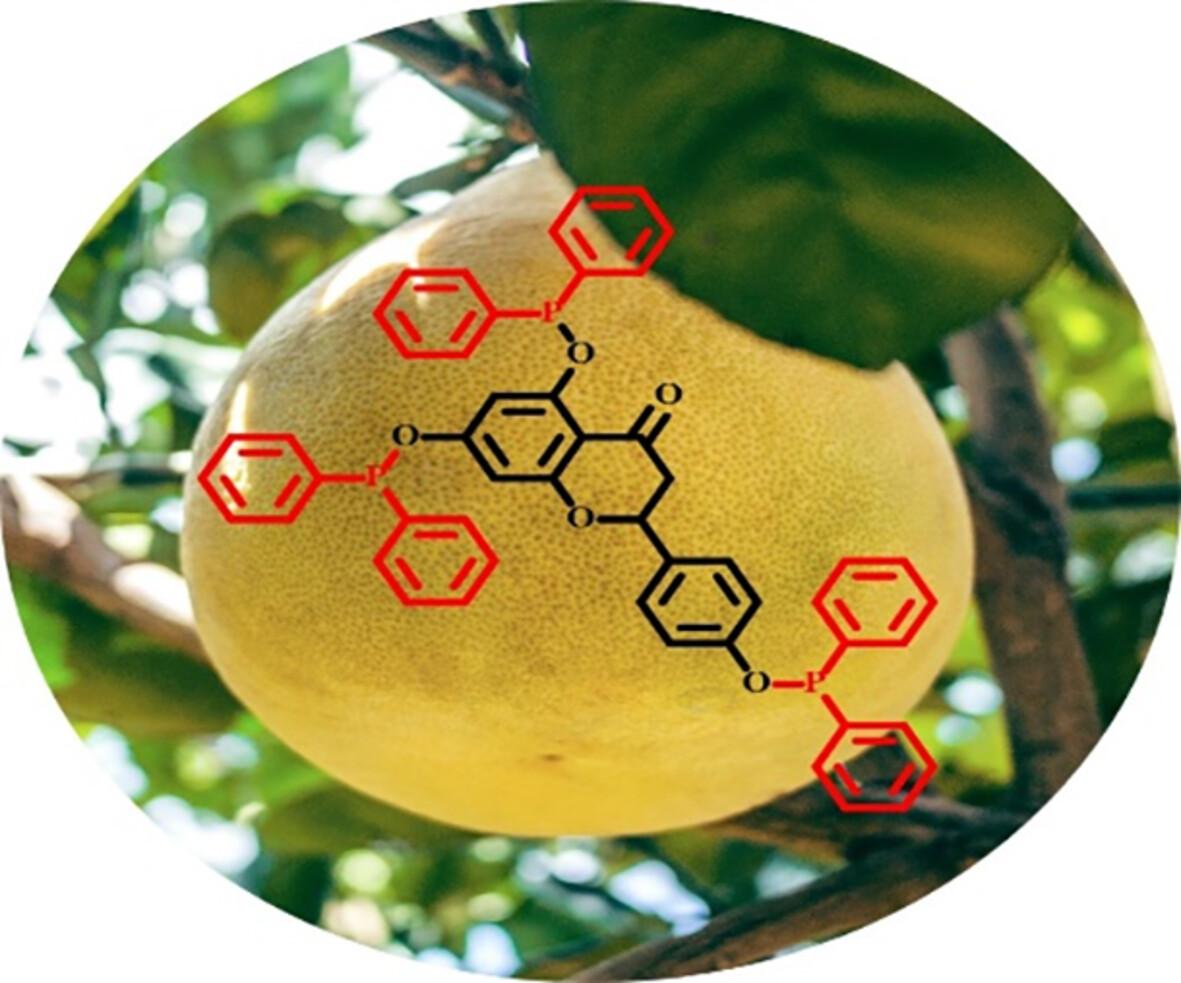求助PDF
{"title":"Improving processability and mechanical properties of epoxy resins with biobased flame retardants","authors":"Yuning Gong, Lanyue Zhang, Jiahuan He, Baiyu Liu, Lu Wang, Yuhui Ao, Yu Liu, Lei Shang","doi":"10.1002/pi.6639","DOIUrl":null,"url":null,"abstract":"<p>Integrating flame-retardant additives into epoxy resins is an essential strategy for improving their fire resistance. However, introducing flame-retardant groups often compromises the processability and mechanical integrity of such resins. In this research, we synthesized a novel, biobased flame retardant, referred to as DPN, using naringenin and chlorodiphenylphosphine as precursors via a straightforward single-step process. The addition of DPN markedly decreased the viscosity of hydantoin epoxy resin, from 7468 to 1285 mPa s. Furthermore, when cured with 4,4-diaminodiphenylmethane, the composite containing five equivalents of DPN (DPN-5) exhibited a marked improvement in mechanical strength, reaching 190 MPa, significantly outperforming the pure thermoset (DPN-0: 104 MPa), while preserving high transparency. Combustion tests further confirmed that DPN significantly boosts the flame resistance of the thermoset, with DPN-5 achieving a limiting oxygen index of 37% and securing a UL-94 V-0 rating. Cone calorimetry analysis showed that DPN-5 effectively reduced heat and smoke production during combustion, achieving a 13.4% reduction in peak heat release rate and a 28.2% decrease in total heat release compared to DPN-0. This study underscores the potential of multifunctional biobased flame retardants derived from renewable resources in advancing the development of high-performance materials. © 2024 Society of Industrial Chemistry.</p>","PeriodicalId":20404,"journal":{"name":"Polymer International","volume":"73 8","pages":"646-657"},"PeriodicalIF":3.6000,"publicationDate":"2024-04-05","publicationTypes":"Journal Article","fieldsOfStudy":null,"isOpenAccess":false,"openAccessPdf":"","citationCount":"0","resultStr":null,"platform":"Semanticscholar","paperid":null,"PeriodicalName":"Polymer International","FirstCategoryId":"92","ListUrlMain":"https://scijournals.onlinelibrary.wiley.com/doi/10.1002/pi.6639","RegionNum":4,"RegionCategory":"化学","ArticlePicture":[],"TitleCN":null,"AbstractTextCN":null,"PMCID":null,"EPubDate":"","PubModel":"","JCR":"Q2","JCRName":"POLYMER SCIENCE","Score":null,"Total":0}
引用次数: 0
引用
批量引用
Abstract
Integrating flame-retardant additives into epoxy resins is an essential strategy for improving their fire resistance. However, introducing flame-retardant groups often compromises the processability and mechanical integrity of such resins. In this research, we synthesized a novel, biobased flame retardant, referred to as DPN, using naringenin and chlorodiphenylphosphine as precursors via a straightforward single-step process. The addition of DPN markedly decreased the viscosity of hydantoin epoxy resin, from 7468 to 1285 mPa s. Furthermore, when cured with 4,4-diaminodiphenylmethane, the composite containing five equivalents of DPN (DPN-5) exhibited a marked improvement in mechanical strength, reaching 190 MPa, significantly outperforming the pure thermoset (DPN-0: 104 MPa), while preserving high transparency. Combustion tests further confirmed that DPN significantly boosts the flame resistance of the thermoset, with DPN-5 achieving a limiting oxygen index of 37% and securing a UL-94 V-0 rating. Cone calorimetry analysis showed that DPN-5 effectively reduced heat and smoke production during combustion, achieving a 13.4% reduction in peak heat release rate and a 28.2% decrease in total heat release compared to DPN-0. This study underscores the potential of multifunctional biobased flame retardants derived from renewable resources in advancing the development of high-performance materials. © 2024 Society of Industrial Chemistry.
用生物基阻燃剂改善环氧树脂的加工性和机械性能
在环氧树脂中加入阻燃添加剂是提高其耐火性的基本策略。然而,引入阻燃基团往往会影响树脂的加工性和机械完整性。在这项研究中,我们以柚皮苷和氯二苯基膦为前体,通过简单的一步法合成了一种新型的生物基阻燃剂,即 DPN。添加 DPN 后,海因环氧树脂的粘度显著降低,从 7468 mPa-s 降至 1285 mPa-s。此外,当用 4,4 二甲基二苯基甲烷(DDM)固化时,含有 5 个等量 DPN 的复合材料(DPN-5)的机械强度显著提高,达到 190 兆帕,明显优于纯热固性材料(DPN-0:104 兆帕),同时保持了高透明度。燃烧测试进一步证实,DPN 显著提高了热固性材料的阻燃性,DPN-5 的极限氧指数(LOI)达到 37%,并获得了 UL-94 V-0 评级。锥形量热分析表明,与 DPN-0 相比,DPN-5 能有效减少燃烧过程中产生的热量和烟雾,峰值放热率降低了 13.4%,总放热率降低了 28.2%。这项研究强调了从可再生资源中提取的多功能生物基阻燃剂在推动高性能材料开发方面的潜力。本文受版权保护。
本文章由计算机程序翻译,如有差异,请以英文原文为准。




